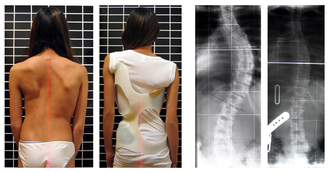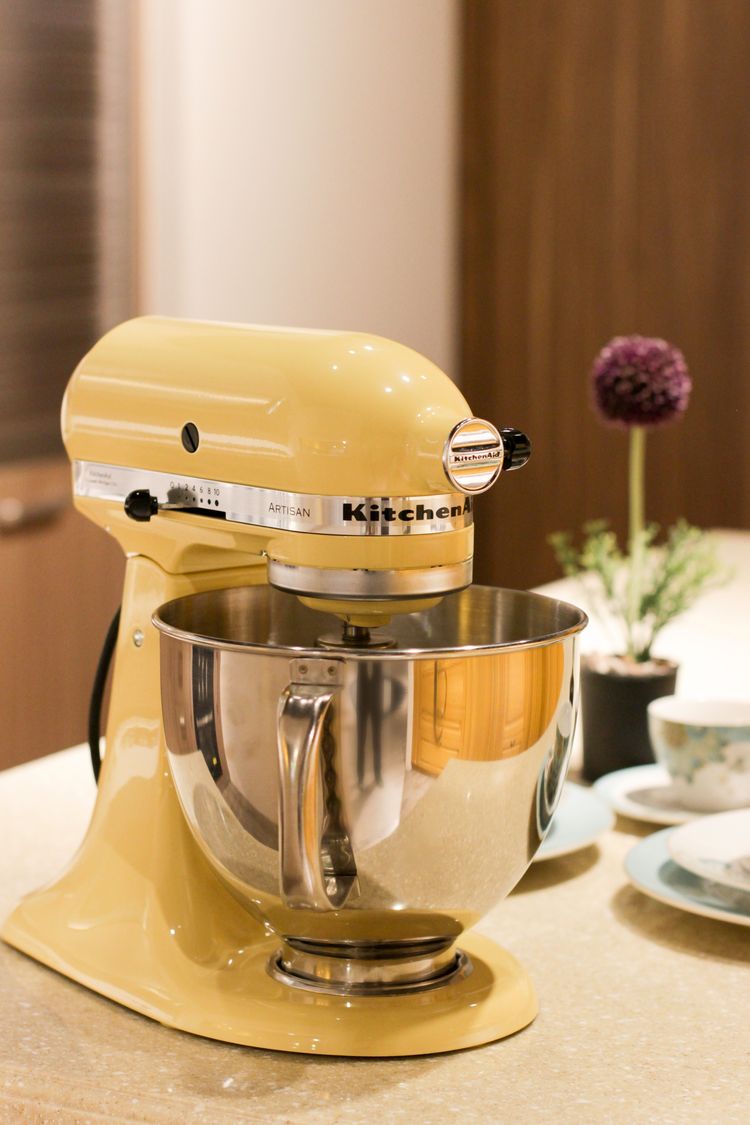🦀 Issue 49 - UI, Core, and Cobb

This week we’ve got two hot articles coming your way, one on core work for scoliosis and another about male incontinence. And if that doesn’t sound important, you should know that 69% of people rank incontinence as less desirable than death, so yea, it’s important.
Our King Crab supporters got two more articles as well, one on two great tests to identify cervicogenic dizziness and a second on a simple test to check foot posture. Get those two articles and four per week at less than $1 per edition here. This week, I added a new feature for King Crab subscribers, links to Highlighted versions of the papers below. When I write an Issue, I go through the papers and highlight the most important part. Now, I share those papers with my supporters to help them read and understand the full papers better. Only for King Crab supporters. Sign up here.
Also, please share PT Crab. You help us grow, reach new PTs, and keep sharing information. Facebook post it, Tweet it, etc. Please help us keep growing. Just copy and paste this link anywhere you want to share our good news. PTCrab.org Double thanks!
Increase the Core to Decrease the Cobb
The Gist - Researchers in the Journal of Clinical Rehabilitation did a sweet systematic review and meta-analysis to break down some not so sweet data on core exercise for scoliosis. They didn’t have a ton to work with, but did pull down 7 RCTs and 2 case-controls looking into how core exercise can improve this condition. Their data on 325 participants aged 12-24 showed that a few different methods of core strengthening exercises were effective in reducing the Cobb angle by about 2-3°. Participants in their studies and angles ranging from 7.1°-35° so this was significant for some but not others. What exercises did they do? Four did general core-based exercises, two did the Schroth exercises, two used the Scientific Exercises Approach to Scoliosis, and one used Pilates techniques. While Cobb angles decreased, trunk rotation did not, so core exercises aren’t perfect, but do help some.
Tell Me More - Across all studies, the dropout rate was only 3.4% and no adverse events were reported. One of their secondary outcome measures came up good as well, with the Scoliosis Research Society-22 questionnaire (that checks quality of life in scoliosis) improving significantly in the mental health, self-image, and function domains after the exercise. Pain scores did not change significantly. Why? Well, according to the authors (and some prior research) the changes can likely be attributed to the reduction of pathological alterations of the lumbar multifidus and deep paraspinals. Scoliosis causes these to improperly control the trunk, leading to asymmetric loading. Core-based stabilization exercise that focuses control and coordination seems to help correct this problem.
Paper? Gotcha, as always.
Treating Male Incontinence, Part 1
The Gist - In a first for PT Crab, there’s so much in this paper that we’ve decided to split it across two editions so we can really dig into it. This is a topical review from the Journal of Physiotherapy that looks at the PT management of incontinence in men. This is an emerging field, especially as more men get and survive prostate cancer. According to the author, incontinence affects 5-23% of men and prevalence increases with age. The open access paper goes deep into the anatomy of the male urinary system and I highly recommend it. It’s unlikely this was covered in school and the author does a fantastic job in the overview they provide. The gist is that there are a lot of muscles that control the urinary system and they “contribute to the control of urethral pressure by differentially activating in a coordinated manner.” It’s especially complex since “Voiding is not simply the reversal of storage. A complex series of coordinated peripheral and central pathways, mainly under parasympathetic control, relax the urinary sphincters while activating the detrusor muscle.” But let’s get to management.
Principles of management include a detailed history of the problem and its impact on psychological well-being. Pelvic floor muscle contractions should be visually observed via perineal palpation and observation and pelvic floor muscle training with a focus on coordination. The author recommends “instructions focusing attention on the anterior pelvic floor, men should be taught to correctly activate the pelvic floor. Wording the instructions as ‘stop the urine flow’ or ‘shorten the penis’ will help men to focus on the area that includes (the striated urethral sphincter).” The author then continues:
Once they have the correct instructions, men who had a radical prostatectomy need to learn to tighten the SUS in anticipation of an increase in intra-abdominal pressure. As strength is usually not the main issue with post-prostatectomy incontinence, sets of maximum strength or quick contractions should not be the focus. Instead, men need to be encouraged to tighten the PFM in anticipation of a leak occurring.
That’s about all I can fit in here without going way too long, but I highly recommend you check out the paper. Next week, we’ll talk about prehab to avoid post-prostatectomy incontinence and approaches for fecal incontinence as well.
Paper! Yes! Please just read the whole thing. It’s a very well-written narrative review that breaks down a very important topic area. One study found that 69% of people “considered bladder and bowel in- continence as health states the same or worse than death,” so this is very important. And it’s open access! Here you go.
That’s our week. Please do indeed read that article just above. This is a super important thing for PTs to get ahead of and learn about. Even non pelvic floor PTs can help if they know what to look for and how to communicate it to their patients. So please check it out. We’ll be back next week with more from it and other areas of PT as well. Cheers!






Comments
Want to leave a comment and discuss this with your fellow PTs? Join PT Crab and get summarized PT research in your inbox, every week.